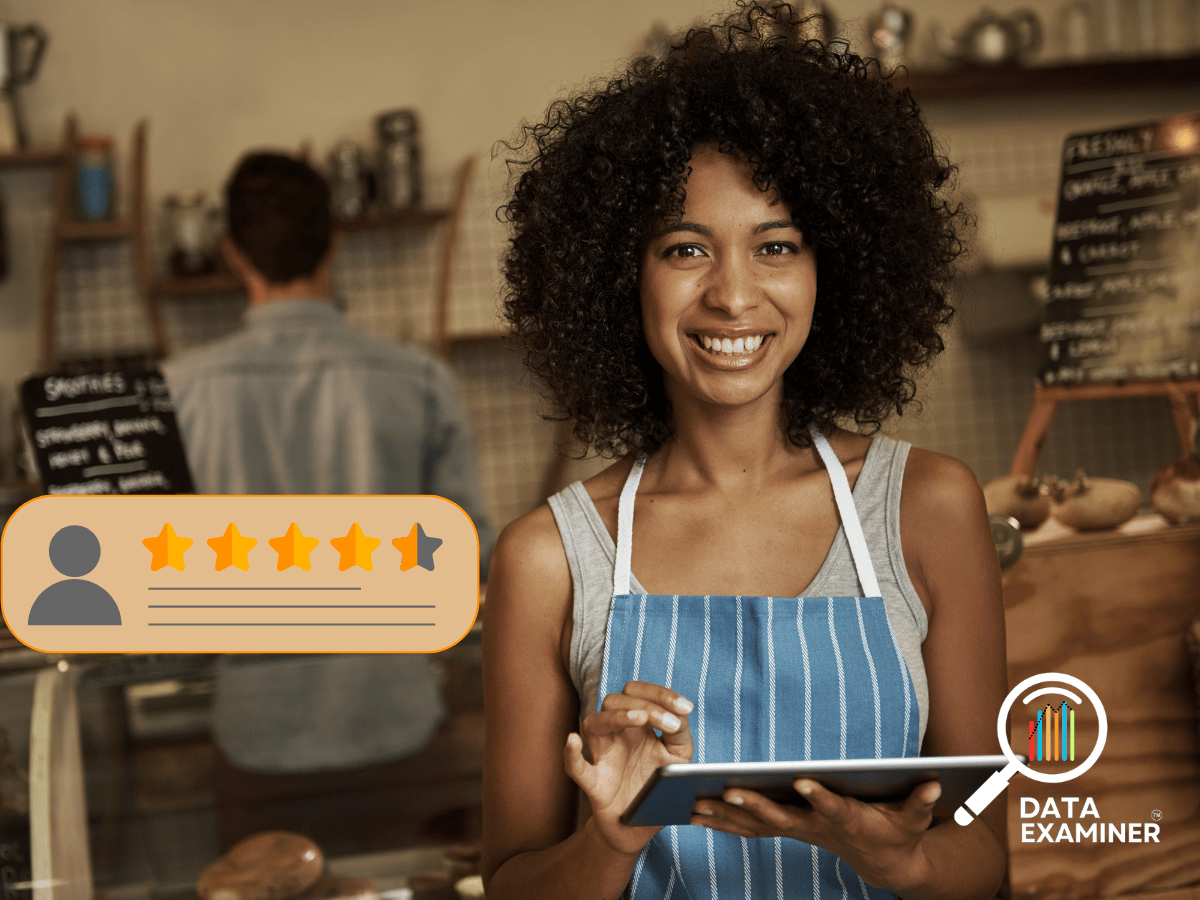Customers expect more personalized interactions from businesses, no matter their size. Small businesses, in particular, can benefit from using data to create tailored experiences that improve customer satisfaction and boost loyalty. But how exactly can you use data to create these experiences?
Why Personalization is Crucial for Small Businesses
Personalization is no longer a luxury reserved for big corporations. Customers now expect it, and when done right, it can lead to significant benefits for small businesses:
- Improved Customer Loyalty: Personalized interactions show customers that you understand and value them, making them more likely to return.
- Higher Sales and Conversions: When customers feel that offers and communications are tailored to their needs, they are more likely to buy.
- Competitive Advantage: Small businesses can stand out from larger competitors by offering a more personalized and human touch.
The Types of Data You Can Use for Personalization
To create personalized experiences, you first need to collect and understand the right data. Here are the main types of data that can help:
- Demographic Data
Basic information such as age, gender, location, and occupation. This helps in creating customer segments and personalizing marketing messages for different groups. - Behavioral Data
This includes data on how customers interact with your website, such as which pages they visit, how long they stay, and what products they browse or add to their carts. - Transactional Data
Details about past purchases, average spend, and the frequency of purchases. This data allows you to suggest products or services based on previous buying habits. - Engagement Data
Tracking email opens, click-through rates, and social media engagement helps you understand which communications are resonating with your audience.
How to Collect Data for Personalization
Before you can personalize customer experiences, you need to gather relevant data. Fortunately, even small businesses can do this with accessible tools. Here are a few ways to start collecting data:
- Customer Feedback and Surveys
You can collect valuable information by asking customers directly through feedback forms or surveys. Offer incentives, like discounts, for customers who complete them. - Website Analytics
Tools like Google Analytics provide insights into customer behavior, showing you which pages they visit most, their geographic location, and other useful data for personalization. - Purchase History
Keep track of what customers buy, how often they buy, and when they last made a purchase. This will help you craft personalized offers and product recommendations. - Social Media
Monitor social media interactions to see what types of content your customers engage with the most. This can help tailor your marketing to match their interests.
Steps to Use Data for Personalization
Once you have the data, the next step is to use it to create personalized experiences. Here’s how you can get started:
- Segment Your Customers
Use demographic and behavioral data to segment your audience into different groups. For example, you could create segments for first-time buyers, repeat customers, or customers who haven’t purchased in a while. This allows you to tailor your communications more effectively. - Create Personalized Product Recommendations
Based on past purchase history and browsing behavior, suggest products or services that are relevant to each customer. For example, if a customer frequently buys running shoes, you can recommend the latest releases or complementary products like sportswear. - Send Targeted Email Campaigns
Instead of sending the same email to all customers, use data to send personalized offers. You could create birthday promotions, recommend products based on recent purchases, or offer discounts to customers who haven’t bought in a while. - Optimize Website Content
Personalization isn’t limited to emails and offers. You can also tailor the content on your website based on user behavior. For example, show different products to returning customers based on their past browsing or purchasing activity. - Offer Dynamic Pricing and Promotions
If you have data on customer spending habits, you can offer personalized pricing or discounts to encourage repeat purchases or upselling. A customer who often buys in bulk, for example, may appreciate a volume discount.
Tools to Help You with Personalization
You don’t need a big budget to implement personalization in your business. There are several tools available that can help small businesses personalize customer experiences:
- Customer Relationship Management (CRM) Software
Tools like HubSpot, Zoho, and Salesforce allow you to track customer interactions, store data, and segment your audience for personalized marketing efforts. - Email Marketing Platforms
Platforms like Mailchimp, Constant Contact, or ActiveCampaign allow you to send personalized emails and create targeted email campaigns based on customer data. - Website Personalization Tools
Tools like Optimizely or Dynamic Yield allow you to deliver personalized content on your website based on user behavior and preferences. - Analytics Tools
Google Analytics, Hotjar, or Crazy Egg provide insights into customer behavior on your website, helping you personalize their experience more effectively.

